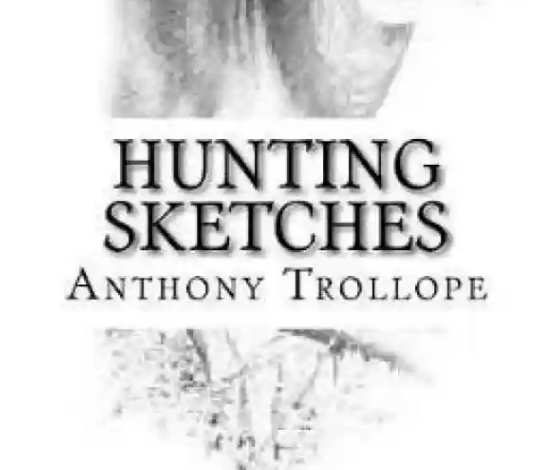The Hunting Farmer
byIn this chapter titled The Hunting Farmer, introduces a reflection on the integral yet often underappreciated figure in English hunting culture—the farmer who rides to hounds. These individuals are not mere spectators or passive landowners but key participants whose involvement ensures the survival and continuity of the sport. Their cooperation allows access to vast rural landscapes, often managed with deep knowledge and a generational connection to the countryside. Without their support, hunting in England would face logistical, legal, and ecological barriers, from restricted land access to unmanaged fences and potential wildlife imbalance. The chapter sets out to celebrate these farmers not just for their land, but for their ethos, practicality, and enduring contribution to rural tradition.
The hunting farmer stands at the intersection of stewardship and sport, navigating the fine line between cultivating the land and preserving a time-honored way of life. Unlike private landowners in other countries who might view fox hunting as disruptive, English farmers often see it as a part of their cultural fabric. Their willingness to allow hunting across their fields is not born of obligation but mutual respect—a partnership between huntsmen and the people who know the terrain best. This collaboration shapes a uniquely English experience, where hedges, ditches, and open pasture become not only agricultural zones but corridors for a chase that echoes across centuries. That blend of utility and tradition is rarely mirrored in other nations, where sport and farming tend to remain rigidly divided.
These farmers approach the hunt with sensibility and a grounded understanding of their land’s needs. They do not risk livestock recklessly, nor do they glorify unnecessary damage to crops or fences. Instead, their participation is marked by moderation—always weighing the thrill of the chase against the sustainability of the landscape they manage daily. Many are hunters themselves, possessing a keen sense of where foxes may pass and how best to navigate the countryside without causing harm. Their horses are sturdy, their attire unpretentious, and their methods shaped by years of working the land rather than attending equestrian academies. It is this grounded knowledge, gained from sun-up labor and seasonal cycles, that lends them an instinctive edge in the field.
What sets the hunting farmer apart is not flashy riding or dramatic jumps, but intuition and composure. Whether mounted near a covert or riding the boundary of a crop field, he understands timing, weather, and the habits of both hounds and prey. While others may guess or follow the crowd, the hunting farmer often anticipates the fox’s next move through quiet observation. This makes him not only a reliable rider but also a resource in times of confusion—someone whose advice others seek when the field splits or the scent weakens. His primary concern, however, remains his land and animals, and it is from that foundation that his hunting ethic is formed. His participation is voluntary, and his motivation is rooted in loyalty to tradition rather than status.
Across regions, some farmers take to hunting with great passion, investing in good mounts and riding with competitive energy. Others prefer a more leisurely role—joining when it suits, watching from a distance, or simply supporting the effort without ever riding out. This diversity of engagement highlights the flexible nature of hunting culture in farming communities, where the contribution of land is as valuable as the ride itself. What binds these men is a mutual respect for land management and community customs, not bravado. Their varied roles all serve the same purpose: to keep the rhythm of rural life and hunting practice in harmony. And it is through their quiet flexibility that the sport remains accessible to a wide range of rural participants.
In recognizing the value of the hunting farmer, the narrative also reveals a wider cultural divide between urban perception and rural reality. While city dwellers may misunderstand hunting as elitist or archaic, this chapter clarifies its roots in community, land, and labor. Farmers are not staging performances for outsiders—they are preserving a social rhythm that includes care for land, relationships with neighbors, and seasonal observances. Hunting, in this light, is less about spectacle and more about continuity. These farmers carry on not just for sport, but to uphold a landscape ethic that urban critics seldom grasp. Their involvement goes beyond recreation; it is service to a tradition where fieldcraft and foresight are prized over flair.
The closing tone of the chapter is one of admiration and quiet gratitude. Hunting enthusiasts are reminded that the farmers who permit the sport—who open their fields, mend their fences, and sometimes join the ride—are not just participants but protectors of the entire experience. Their generosity, often understated, makes every meet possible, every trail ride smoother, and every hunting season viable. In honoring their role, the chapter calls for a more nuanced appreciation of hunting’s place in the countryside—an appreciation that recognizes the interconnectedness of land, livelihood, and leisure. Without the hunting farmer, the chase would not only falter—it would vanish from the very soil where it was born.

